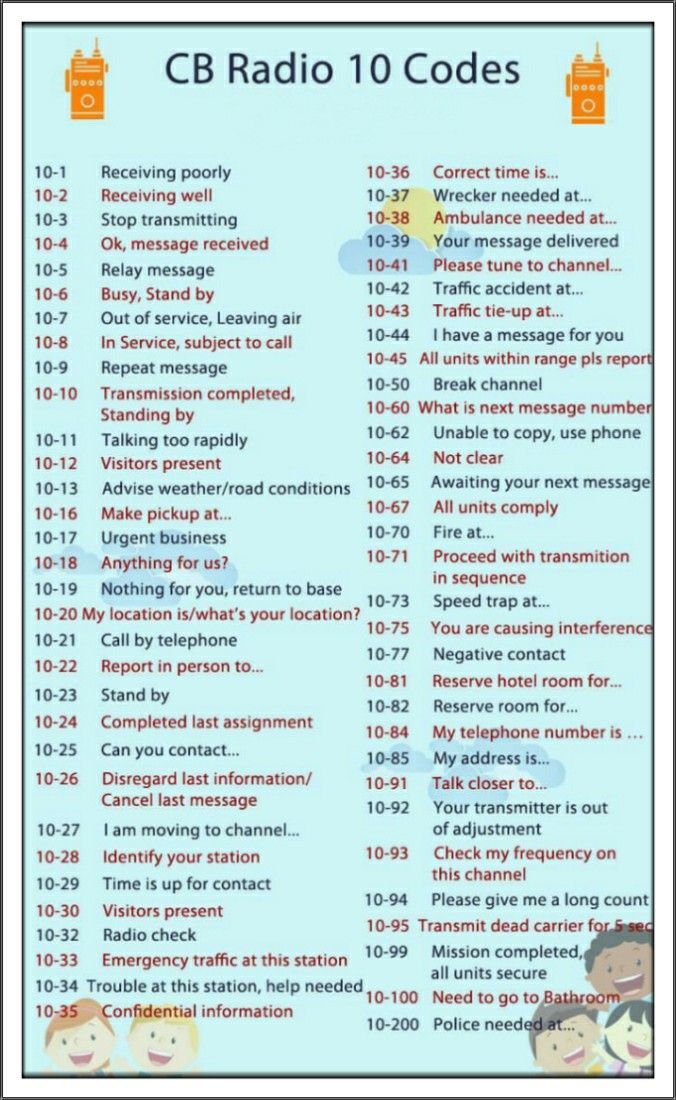In an age dominated by advanced communication technology and cutting-edge devices, one might wonder: what’s the relevance of the Citizens Band (CB) radio in the modern law enforcement landscape? With all the conveniences of modern policing, what channel do the police actually use if they still utilize CB radios? This inquiry opens up a fascinating discussion about the role of CB channels in today’s policing methods, how they have evolved, and whether there’s still a place for this once-ubiquitous medium in law enforcement.
To answer the fundamental question: Most police departments don’t typically use CB radios for official communications anymore. Instead, they rely on more secure and sophisticated radio frequencies specifically designed for Emergency Services. However, this doesn’t mean that CB radios have lost their prominence entirely. In fact, understanding CB usage among civilian and police channels could reshape our perspectives on communication in law enforcement.
When we delve into the history of data communication, we notice that CB radios gained traction in the 1970s as a cost-effective solution for truck drivers and outdoor enthusiasts seeking to communicate over short distances. Yet, their simplicity and accessibility appealed to many others, including hobbyists, public services, and even the police. Initial law enforcement use of CB radios served as a critical lifeline, particularly in areas lacking robust telecommunication infrastructure. Could it be that current trends are witnessing a resurgence of this practical communication tool?
Before exploring their relevance, it is prudent to examine the specific CB channels traditionally used by police departments. Channel 9, for instance, has been designated for emergency communications and is open for public use. In various historical contexts, this channel served as the go-to frequency for public distress signals. Many citizens could reach out to authorities or provide crucial information during emergencies, thereby fostering community engagement and safety. Despite the evolution of modern technology, the spirit of this approach persists. But do modern officers still keep an ear on this channel?
Many police officers, especially those involved in community-oriented policing initiatives, monitor Channel 9 as an informal tool for gauging public concerns. The utilization of CB radios can be viewed as an avenue fostering transparency and engagement with local communities, allowing law enforcement personnel to address issues proactively rather than reactively. Nevertheless, official communications within police ranks typically remain confined to more secure frequencies to avoid interception and to maintain situational confidentiality. Thus, what are the implications of this mixed usage for the public? Are they empowered or exposed?
In discussing relevance, we must consider the growing advancements in technology. With the advent of digital mobile radios (DMR) and other secure communication channels, one might argue that the allure of analog communication methods like CB radios diminishes. Emergency services employ encrypted communications, utilizing trunked radio systems that can handle vast amounts of traffic across multiple channels, ensuring clarity and security. The question remains: do the unique qualities of CB still appeal to certain niches in law enforcement?
Surprisingly, the answer is yes. Remote and rural departments occasionally utilize CB radios due to their straightforward operational framework. These departments may not have the budget to invest in the latest technology; thus, the reliability of CB radios still holds value in specific settings. Additionally, during significant crises or natural disasters where traditional networks may falter, amateur and CB radio operators often fill gaps, serving as informal conduits between the public and emergency personnel. This begs the rhetorical question: could CB radios become pivotal again in this unpredictable landscape?
Let’s consider the perspective of the community. Many citizens still possess CB radios, affectionately known as “Citizen Band radios.” The allure of a direct line to both police and fellow citizens has not faded. The camaraderie among users fosters not just a network of communication but a community spirit. For instance, truckers share information on road conditions while public citizens may report accidents or suspicious activities. The communal essence of CB usage has evolved but persists, revealing a deeper interconnection between law enforcement and citizens that spans back decades.
Moreover, the psychological effects of seeing officers actively using a familiar technology can alter perceptions within communities. Individuals feel a tangible connection when they recognize police officers participating in a facilitative role, such as listening to calls on a CB. It encourages trust, accountability, and collaboration within the community—a refreshing departure from expressions of merely hierarchical enforcement techniques.
As interesting as it is to consider the place of CB radios in policing, we should never dismiss the power of nostalgia. There’s something undeniably appealing about the simplicity of CB communication. It evokes a sense of freedom and directness that technological advancements often overshadow. So, how do we reconcile our longing for the past with the demands of progress? Could police embrace CB radios as auxiliary tools while maintaining modern communication systems for official use? This could create a blend of approaches where the community sees their officers as approachable rather than just authority figures.
In conclusion, while police departments may not strictly rely on CB channels for their primary operations today, the essence of CB radios continues to resonate. They remind us of the importance of communication—both in crisis and in everyday life. Whether as a relic of the past or a viable accompaniment in an officer’s toolkit, CB radios embody the spirit of shared responsibility within communities. The question may not just be about what channels police use but rather how these channels foster relationships grounded in trust and mutual respect. In this era of rapid change, finding ways to synergize tradition with innovation could pave the way for more engaged and well-connected communities.
